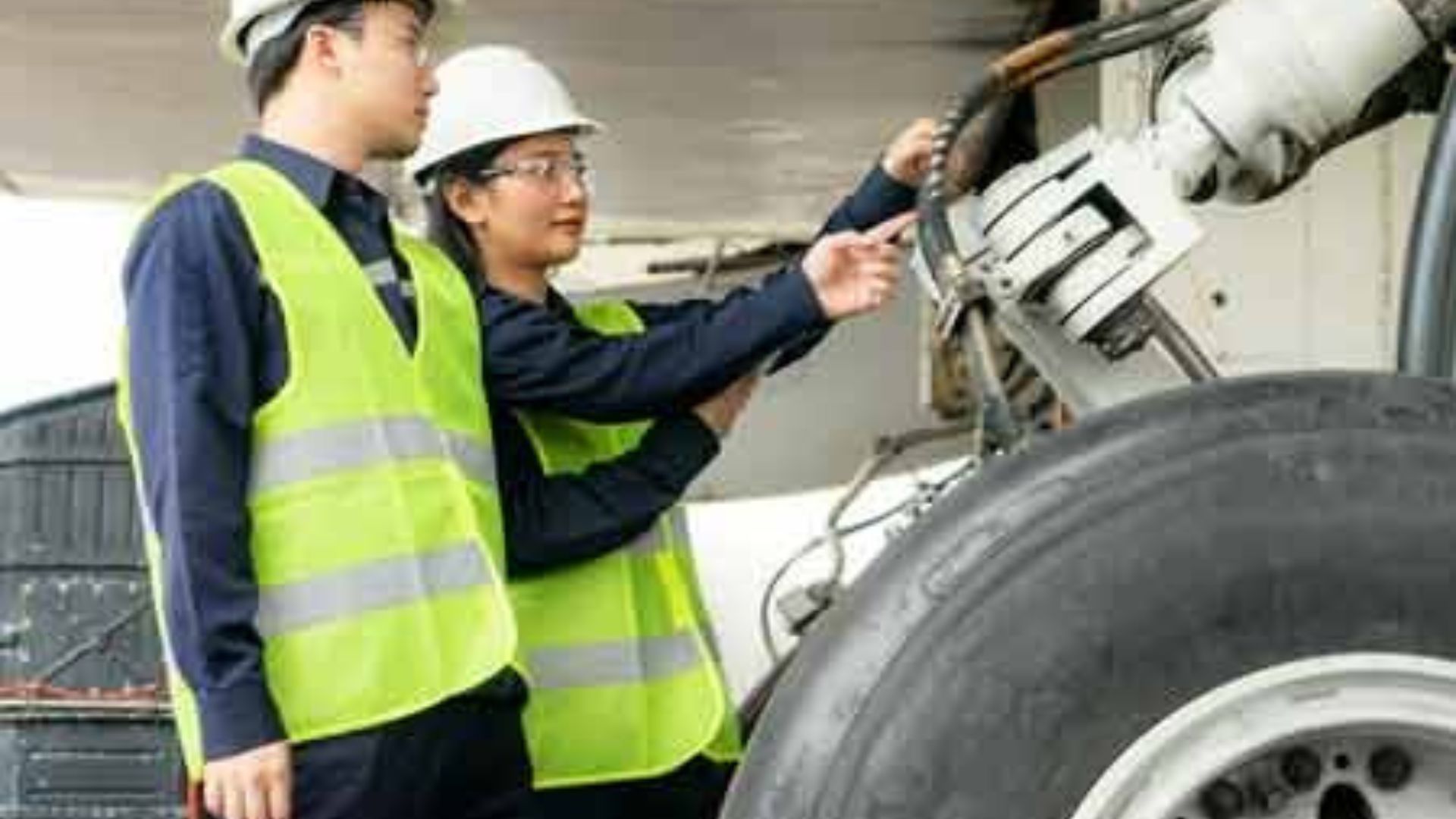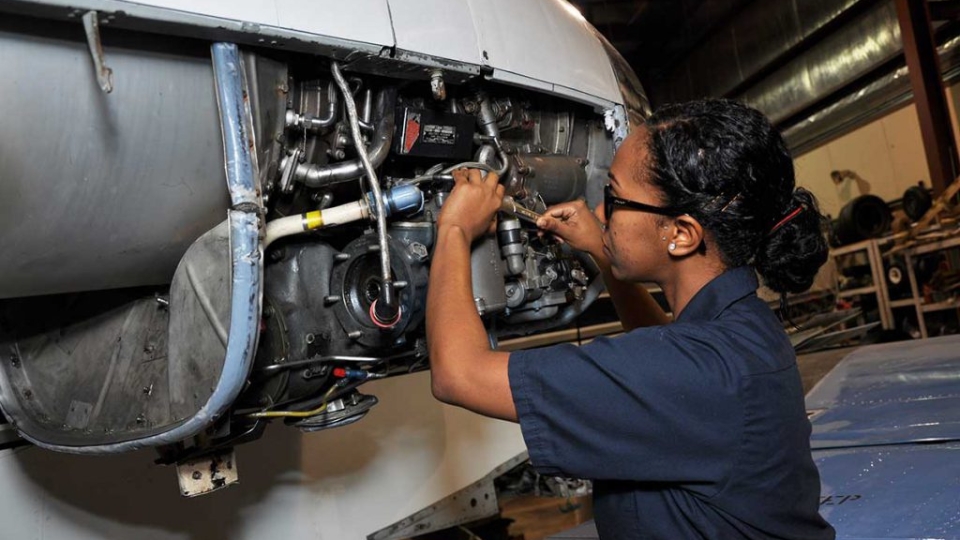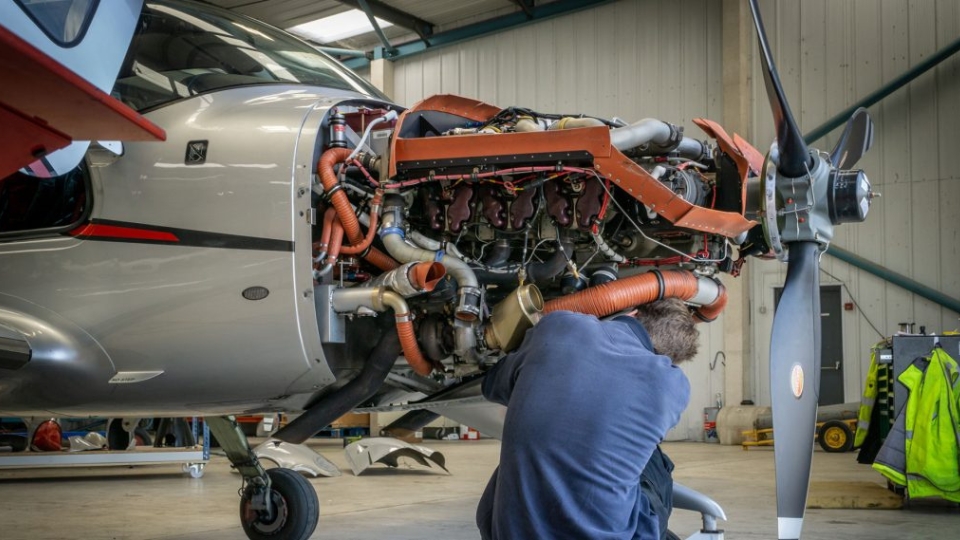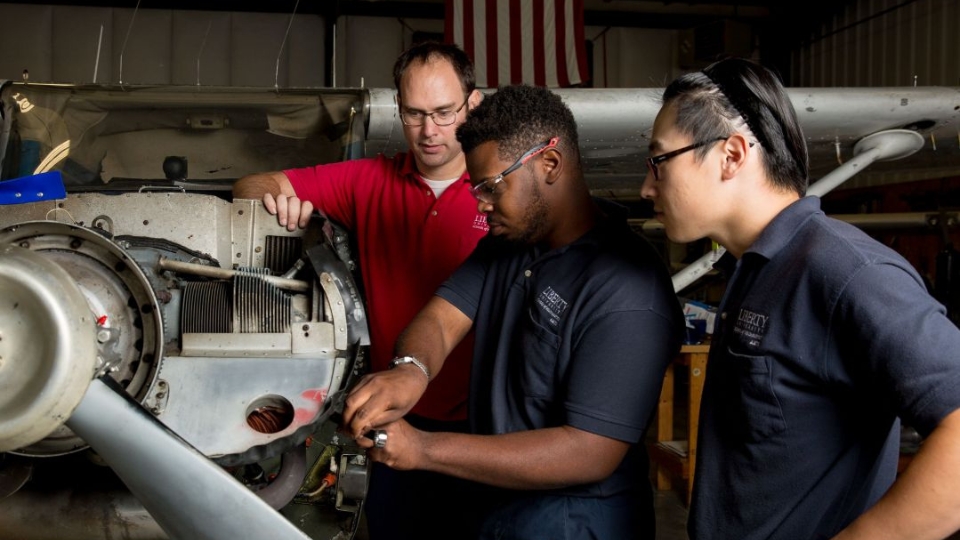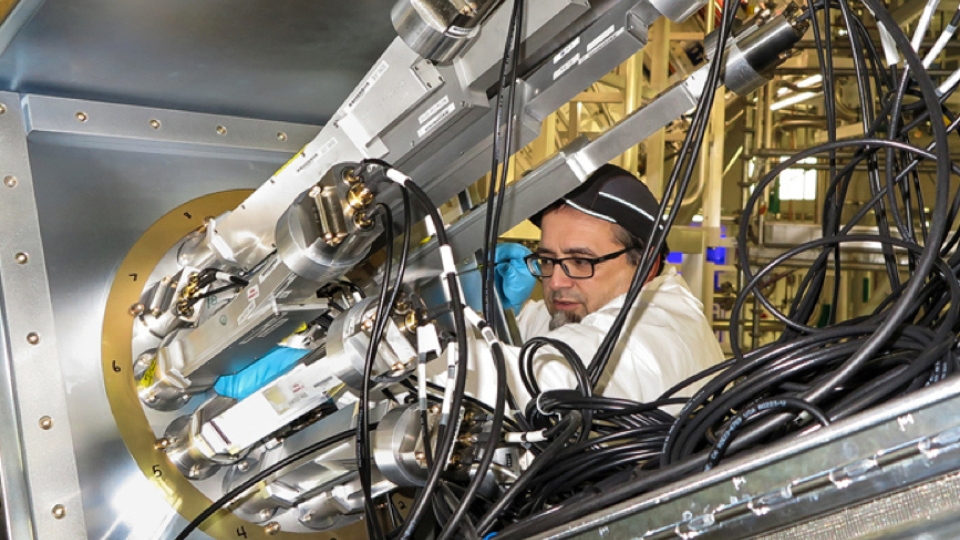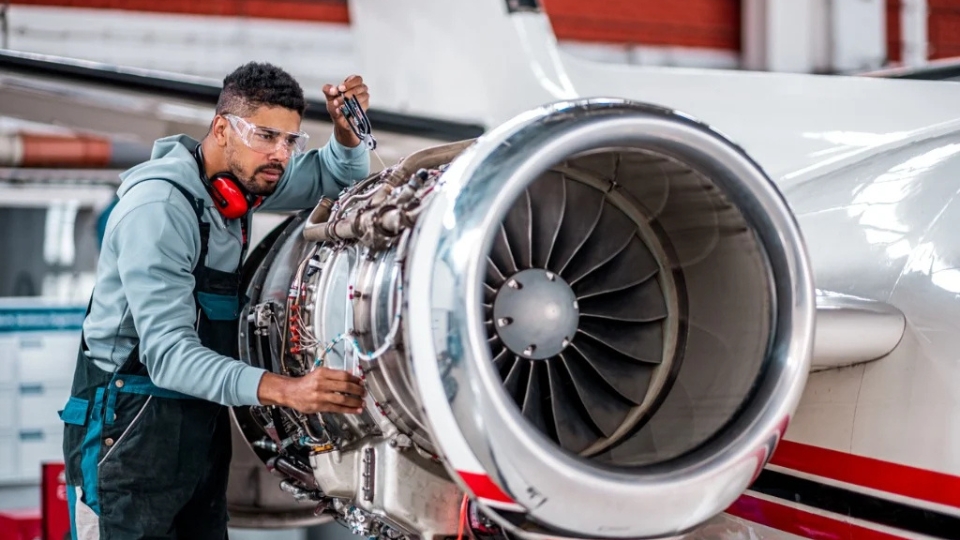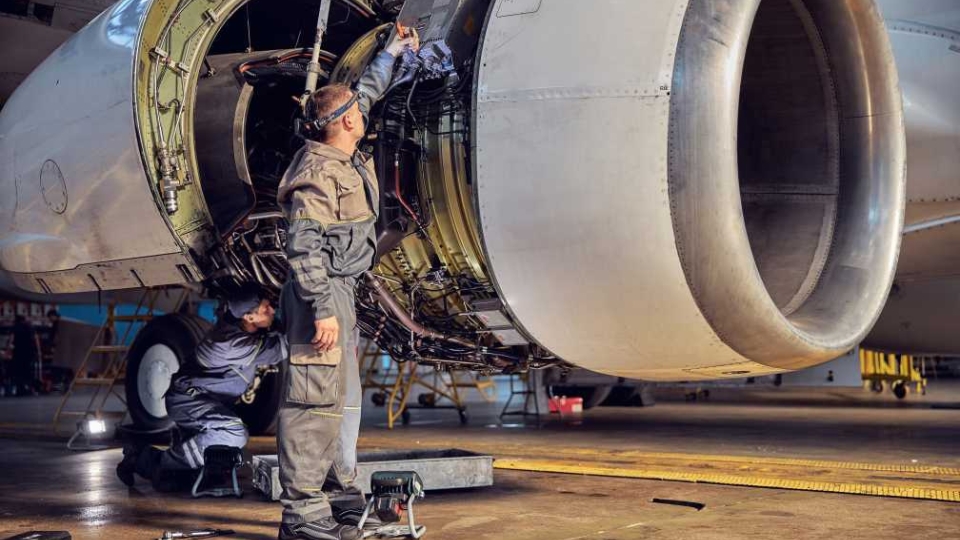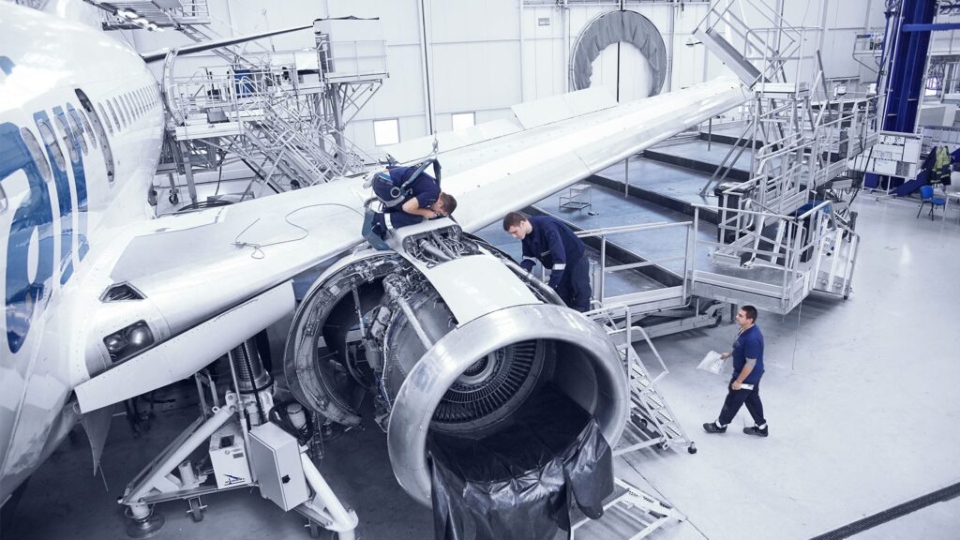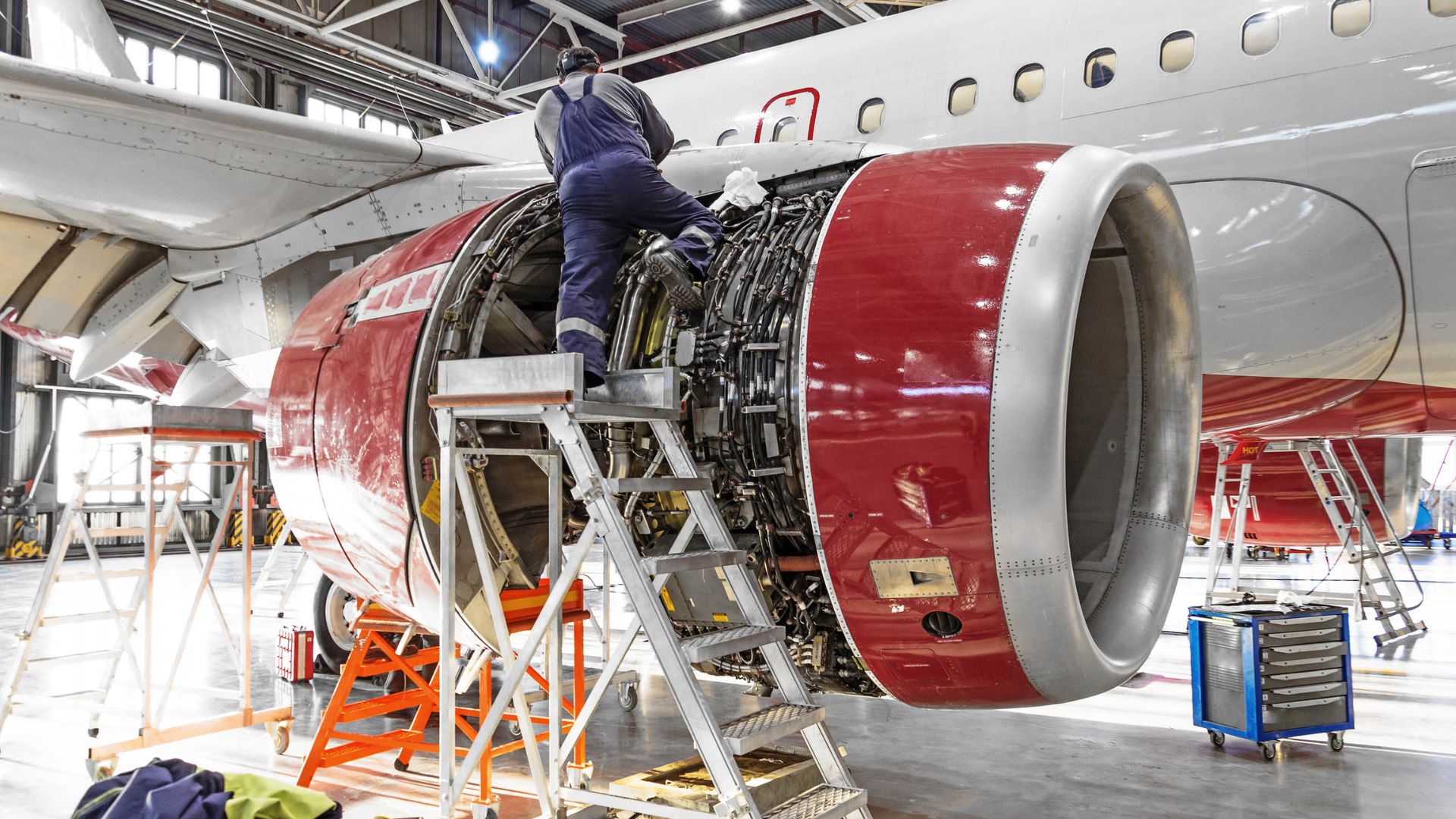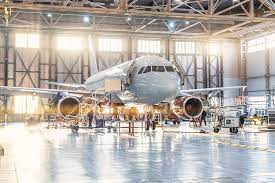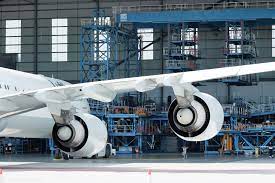Aircraft maintenance is vital for safe and reliable aviation operations. Airlines and maintenance teams benefit from streamlining aircraft maintenance processes, which reduces downtime, increases productivity, and ensures compliance with safety standards. Optimized maintenance workflows enhance operational efficiency while maintaining the highest quality standards.
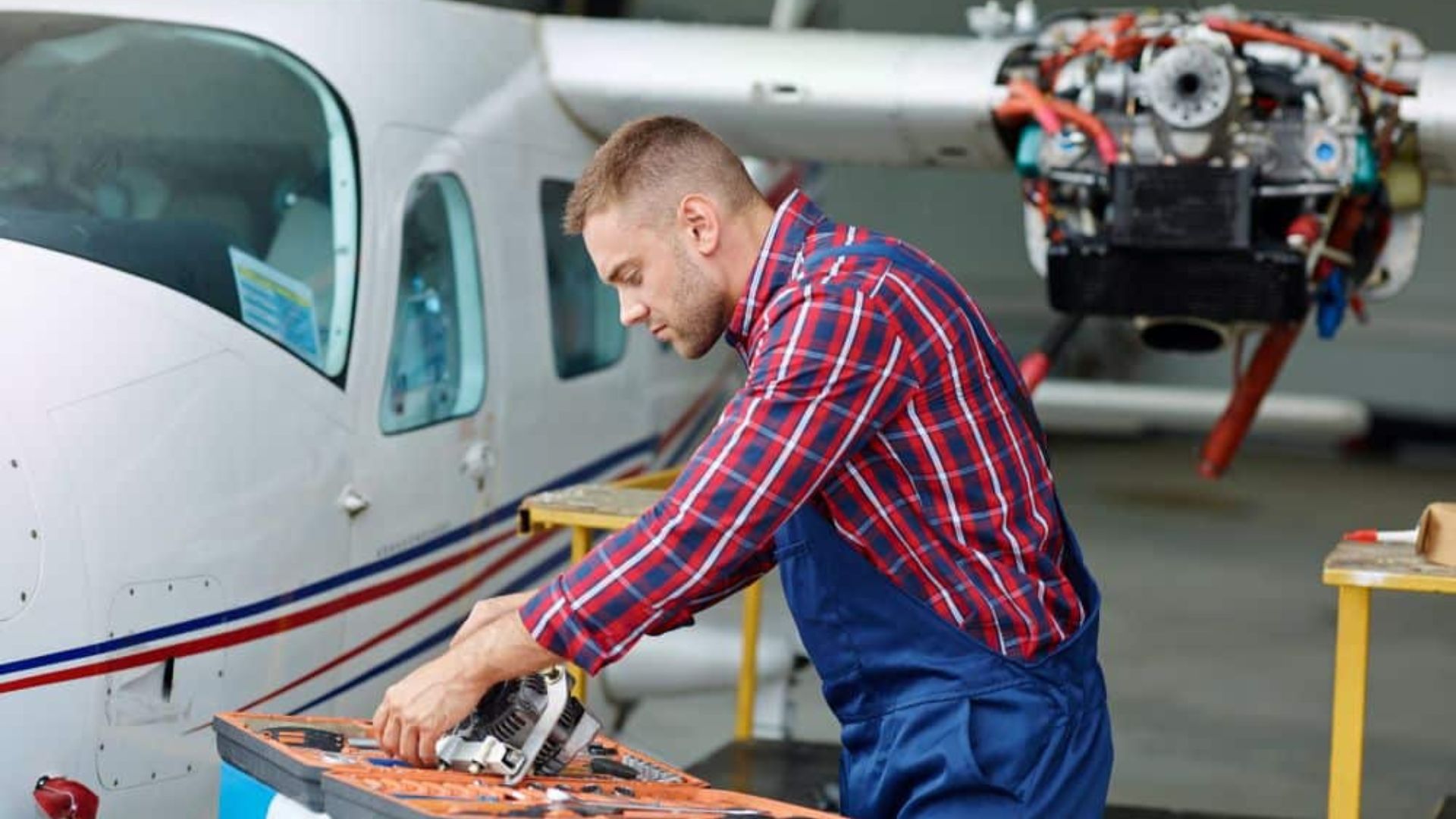
Streamlining Aircraft Maintenance Processes
Importance of Streamlined Maintenance
Efficient maintenance processes allow airlines to manage schedules, reduce delays, and maintain safety. When processes are streamlined, teams can identify issues faster and address them proactively, reducing operational disruptions.
Key Benefits
-
Reduced aircraft downtime and delays
-
Improved resource allocation and staff efficiency
-
Enhanced safety and regulatory compliance
-
Lower operational costs
By focusing on streamlined processes, airlines can maintain reliability and maximize aircraft availability.
Implementing Predictive and Preventive Maintenance
A core aspect of streamlining aircraft maintenance processes is combining predictive and preventive strategies. Predictive maintenance uses data to anticipate failures, while preventive maintenance ensures regular inspections and repairs.
Advantages
-
Minimizes unexpected mechanical failures
-
Extends lifespan of aircraft components
-
Optimizes inventory of spare parts
-
Improves overall safety performance
Integrating predictive and preventive approaches ensures maintenance is proactive rather than reactive.
Leveraging Technology
Technology plays a central role in streamlining aircraft maintenance processes. Airlines use software, sensors, and digital platforms to track, schedule, and manage maintenance efficiently.
Essential Technologies
-
Maintenance Management Software: Tracks inspections, repairs, and compliance records
-
IoT Sensors: Monitor engine performance and critical systems in real-time
-
Mobile Tools: Allow technicians to access manuals and report work digitally
-
Data Analytics: Identify patterns, predict maintenance needs, and optimize schedules
These tools improve accuracy, speed, and transparency in maintenance operations.
Standardization and Documentation
Consistency is critical in maintenance. Standard operating procedures (SOPs) and detailed documentation ensure tasks are completed correctly and comply with aviation regulations.
Strategies for Standardization
-
Develop clear step-by-step procedures for all maintenance tasks
-
Use checklists to verify inspections and repairs
-
Maintain thorough logs for audits and regulatory compliance
-
Regularly update procedures to reflect industry best practices
Standardization reduces errors, ensures reliability, and enhances safety.
Training and Workforce Development
A skilled workforce is essential for streamlining aircraft maintenance processes. Technicians need up-to-date knowledge of aircraft systems, tools, and regulations to perform efficiently.
Training Approaches
-
Hands-on workshops for practical skills development
-
Simulation-based training for complex maintenance procedures
-
Ongoing certification programs to meet regulatory requirements
-
Mentorship and knowledge-sharing within teams
Trained personnel improve accuracy, efficiency, and overall operational performance.
Monitoring Performance Metrics
Tracking metrics allows maintenance teams to identify bottlenecks, measure efficiency, and implement improvements.
Key Metrics
-
Mean Time Between Failures (MTBF)
-
Mean Time to Repair (MTTR)
-
On-time completion of scheduled maintenance
-
Compliance with safety standards and regulations
Monitoring these metrics supports continuous process improvement and ensures consistent results.
Integrating Lean Practices
Lean management principles help streamline aircraft maintenance processes by eliminating waste, optimizing workflows, and enhancing resource efficiency.
Lean Practices in Maintenance
-
Minimize unnecessary movement and delays during inspections
-
Standardize tools and parts for easy access
-
Optimize workflow sequencing to reduce downtime
-
Continuously review processes for improvement opportunities
Benefits of Streamlined Maintenance
Efficient maintenance processes deliver multiple advantages to airlines:
-
Increased aircraft availability and on-time performance
-
Lower operational costs through optimized workflows
-
Enhanced safety and regulatory compliance
-
Improved technician productivity and morale
-
Better passenger satisfaction due to fewer delays
Investing in streamlined processes ensures long-term operational success and competitiveness.
Conclusion
Streamlining aircraft maintenance processes is essential for modern aviation. By implementing predictive and preventive maintenance, leveraging technology, standardizing procedures, training staff, monitoring performance, and applying lean principles, airlines can enhance efficiency, reduce downtime, and maintain high safety standards. Optimized maintenance not only improves operational reliability but also builds passenger confidence, strengthens compliance, and supports long-term growth. In a competitive industry, streamlining maintenance processes is a strategic approach that drives both safety and efficiency.

